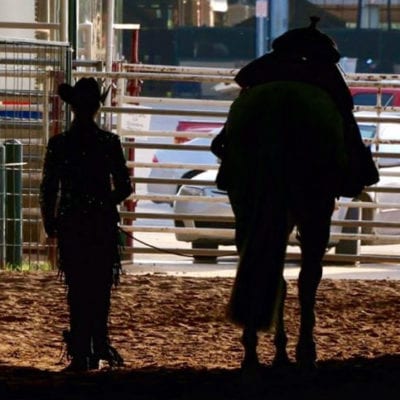It doesn’t take flashing neon lights to communicate to a judge you didn’t bring your A-game. In fact, there are a few things that will turn the judge’s head…away! In this, the final installment of a two-part series, three AQHA judges share the tell-tale signs they notice when an exhibitor lacks the polish to win the class.
In case you missed it, click to read Part 1 – Forget the Flashing Neon: Five Obvious Signs an Exhibitor Brought Their A-Game.
Perhaps you’re a novice, or maybe you just didn’t have the time to prepare for this weekend’s show as much as you would have liked. Either way, judges Christa Baldwin, Charlene Carter, and Cindy Rucker note that under-prepared exhibitors often make show pen or turn-out choices that, to judges, are dead giveaways that they likely aren’t watching a contender.
1) Their turn-out is sloppy
While a nicely tailored and neat turn-out shows an exhibitor is in it to win it, each judge agreed on one thing that will surely make their noses wrinkle in disappointment: an untidy turnout, starting with an ill-fitting outfit. Pants too short, shirts too loose; all dead giveaways that an exhibitor probably isn’t quite ready for the top placing.
“If a shirt is loose and sloppy, you tend to expect a sloppy ride,” Rucker says. Carter echoes that sentiment and would put chaps in the same category.
 Similarly, Baldwin notes that a less than immaculate banding or clipping job is a real turn-off, too. But a major warning sign for her is boots that aren’t clean. “If somebody comes in with dirty boots, especially English boots, that, to me, is a real no-no. Showmanship you might end up with a little dirt because you’re on the ground in the pen, but it’s appalling to see dirty boots in English,” she says.
Similarly, Baldwin notes that a less than immaculate banding or clipping job is a real turn-off, too. But a major warning sign for her is boots that aren’t clean. “If somebody comes in with dirty boots, especially English boots, that, to me, is a real no-no. Showmanship you might end up with a little dirt because you’re on the ground in the pen, but it’s appalling to see dirty boots in English,” she says.
Of course, the overall looks needs to flow; everything from a color scheme that complements the horse to clean tack to hat shape – they all need to communicate a look of professionalism. One thing, according to Carter, that will immediately throw off a polished look is the incorrect stirrup length. “When they walk up there and their stirrups are not where they need to be, that tells me they probably haven’t been around a while,” she says.
Just as was noted last week, exhibitors should seek out ways to go the extra mile whether in a pattern or their turn out. “If they had English on Saturday and they come to me and show later that day or weekend, I’m not crazy about having a braided mane if there are not any more English classes. It’s one thing that jumps up at me as something that shows me they could go a little bit further and make their presentation a bit more perfect,” Carter says.
2) They’re just not ready
 Another red flag to judges that the exhibitor they’re watching isn’t on point is an exhibitor who just isn’t ready – in any number of ways. Maybe they got engrossed in a conversation in the holding area and didn’t realize it was their go, maybe they’re at the cone but fidgeting or looking elsewhere when the judges are ready to nod, or maybe it’s the horse that isn’t ready at the cone. Of all of these, the worst offense is when an exhibitor keeps the judges waiting due to lack of attentiveness.
Another red flag to judges that the exhibitor they’re watching isn’t on point is an exhibitor who just isn’t ready – in any number of ways. Maybe they got engrossed in a conversation in the holding area and didn’t realize it was their go, maybe they’re at the cone but fidgeting or looking elsewhere when the judges are ready to nod, or maybe it’s the horse that isn’t ready at the cone. Of all of these, the worst offense is when an exhibitor keeps the judges waiting due to lack of attentiveness.
“Don’t drag and take your time and act like you have all the time in the world,” Carter warns. “Judges don’t appreciate that.” And it holds up the whole show so fellow exhibitors will likely be less than impressed, too. So, if an exhibitor wants to start out on the right foot, they better be ready at the cone before the judges have even looked up to acknowledge them.
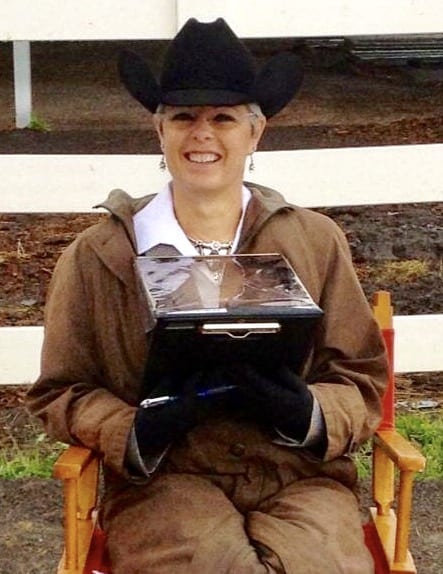 A similar faux pas in cone readiness is when the horse decides it isn’t ready. “One of the worst things that can happen is the horse is fidgeting, backing away from the cone, and the exhibitor is trying to kick them back up to start their pattern,” Rucker explains. “They forget they need to spend a lot of time relaxing and standing still at the cone at home. The more they can work on trying to keep their horses nice and quiet rather than make the horses anticipate and jump off into the pattern, the better,” Rucker advises. (pictured right)
A similar faux pas in cone readiness is when the horse decides it isn’t ready. “One of the worst things that can happen is the horse is fidgeting, backing away from the cone, and the exhibitor is trying to kick them back up to start their pattern,” Rucker explains. “They forget they need to spend a lot of time relaxing and standing still at the cone at home. The more they can work on trying to keep their horses nice and quiet rather than make the horses anticipate and jump off into the pattern, the better,” Rucker advises. (pictured right)
And sometimes judges notice exhibitors who beat themselves at the cone. “They’re looking at their horse, fidgeting with their reins, readjusting their position; they’re at the cone, but they’re not ready,” Rucker says.
Bottom line: be ready for the judges before the judges are ready for you.
3) Their style is out-of-date
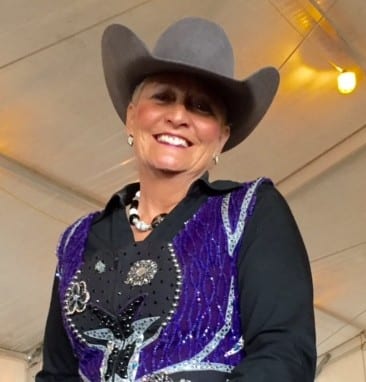 Speaking of being ready, exhibitors need to have done their homework on the latest show pen styles – and not the leather and bling variety.
Speaking of being ready, exhibitors need to have done their homework on the latest show pen styles – and not the leather and bling variety.
“If an exhibitor is showing in a way that is older-fashioned or they are clearly not up-to-date on their maneuvers, that signals to me that they’re novice or haven’t taken the time to get up-to-date on the style of how to show in that particular class or discipline,” Baldwin says. (pictured left)
She points out some particular outdated styles that can be downright glaring in showmanship: an exhibitor’s hands that are way down or an arm that is straight, a horse’s head that is low making him heavy on his forehand, or a curtsy-like move as the exhibitor crosses the horse’s nose during the inspection. All of these can be remedied simply by studying the experienced exhibitors who are consistently placing well.
4) They pick at their horse during their pattern
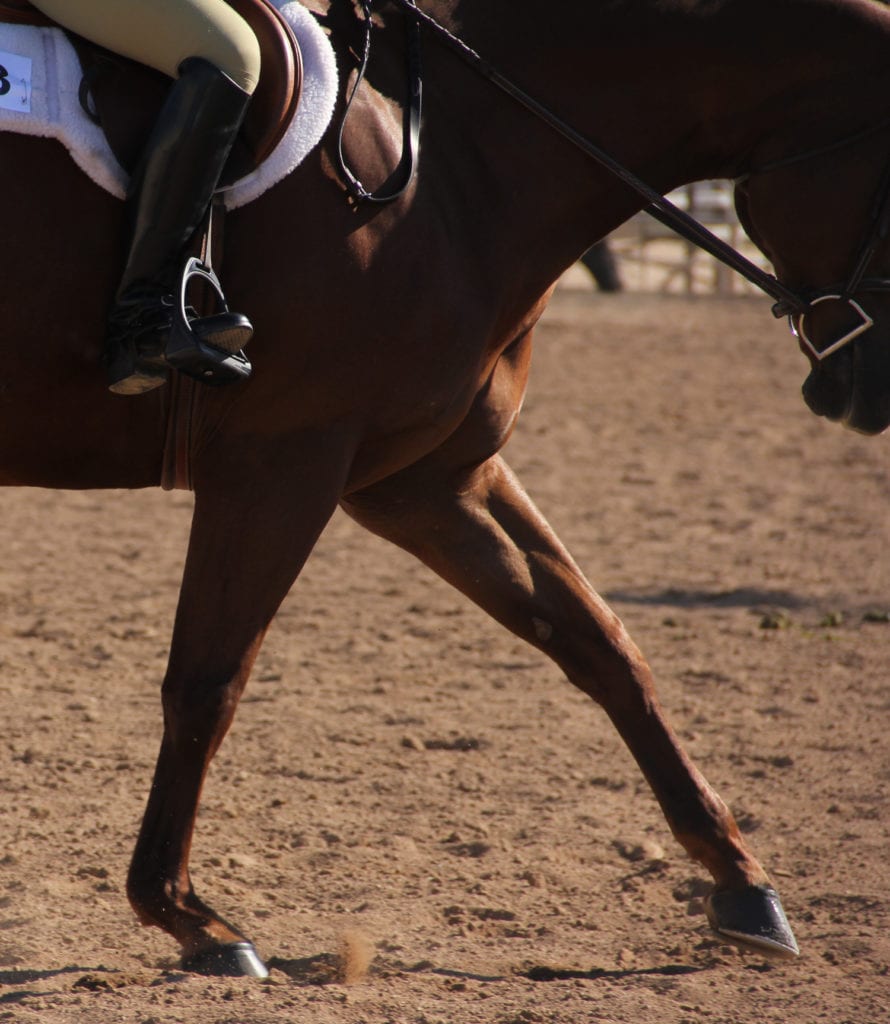 A pattern is a time to showcase fluidity, a connection with the horse, and a high degree of difficulty maneuvers, all while making cues invisible. Rucker explains that the pattern, therefore, is not the place for riders to start picking at their horse, correcting headsets, or speed.
A pattern is a time to showcase fluidity, a connection with the horse, and a high degree of difficulty maneuvers, all while making cues invisible. Rucker explains that the pattern, therefore, is not the place for riders to start picking at their horse, correcting headsets, or speed.
“One of the biggest things that disappoints me is when they try to fix their horse in the pattern. I call that pecking; so they’re pecking with the horse’s face and constantly picking at him. They need to remember we don’t want them to be that slow in the horsemanship,” Rucker says. “It seems they’re in such a habit of picking at their horse’s face that they do it constantly. Or novices think that they have to be uber-slow, so they pull and pull on the horse, forgetting that what we’re judging is the ability to ride the pattern without having to maneuver their horse. Someone who can put their hand down and ride their horse tells me they’ve done this before.”
5) They haven’t prepared for the details
 The devil is in the details, as they say; an adage that couldn’t be truer for exhibitors hunting that top spot on the judges’ cards. Aside from the particulars outlined above, exhibitors need to consider how excelling at the details in a class can be the difference between placing or not.
The devil is in the details, as they say; an adage that couldn’t be truer for exhibitors hunting that top spot on the judges’ cards. Aside from the particulars outlined above, exhibitors need to consider how excelling at the details in a class can be the difference between placing or not.
Take, for example, the back in horsemanship or western riding, a maneuver that might be overlooked and underestimated by exhibitors. “The hardest thing to judge might be the back, but it, too, is a scored maneuver and so often horses hang on the bridle, open their mouths, or drag their feet. If you would just practice that at home, that’s a spot you can get a plus half or a plus one,” Rucker 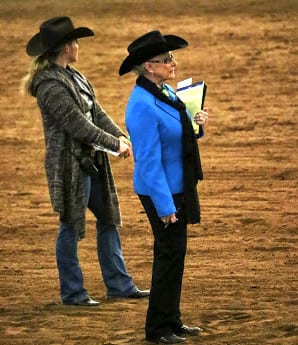 explains. “It’s those little things, or those little transitions between all of the big stuff, that should always be credit earning.”
explains. “It’s those little things, or those little transitions between all of the big stuff, that should always be credit earning.”
Baldwin and Carter (pictured right) also had final words of advice to help exhibitors nail the details, or at least avoid beating themselves. “Do not quit showing until you are out of the ring. I don’t care if the judges have their backs to you, never stop showing,” Baldwin says.
And finally, after reiterating that exhibitors should know their patterns inside out and upside down, Carter sums it up simply. “You don’t have to have a big fancy outfit. You just need to be neat and clean, confident and connected to your horse,” she says. “And, of course, be the best rider.”
About the author: When Megan Ulrich isn’t wrangling 12 and 13 year-olds in her middle school English classroom, Megan Ulrich enjoys riding, showing and judging horses. She lives in Holmen, Wisc., with her husband, daughter, two dogs and two horses. She earned her journalism degree from the University of Wisconsin-Madison.
Photo © GoHorseShow, Tiffany Anne Photo, The American Quarter Horse Association, Natalie Hilty


